- DroidAfrica
- ZTE
- ZTE Blade X1 5G
ZTE Blade X1 5G
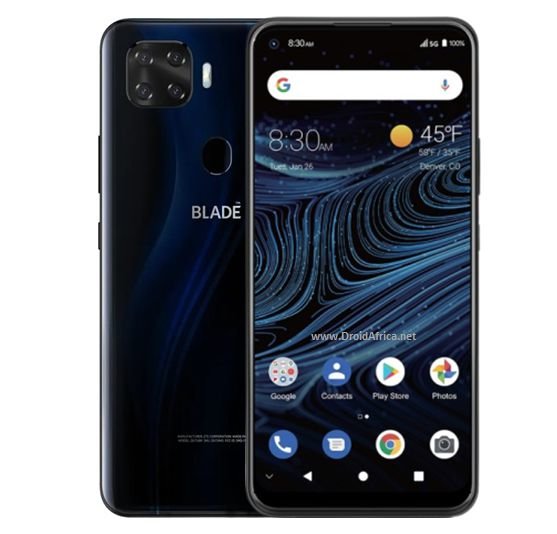
ZTE Blade X1 5G Highlights and Overview
The Blade X1 is a new 5G smartphone series from ZTE. The phone comes in a 6.5-inch Full-HD+ display, with 1080 x 2340 pixels resolution. The unit comes with a tiny punch hole cut-out to the top left corner of the screen, which is the abode for the selfie camera.
Under the hood, there is a 2.4 GHz Qualcomm Snapdragon 765G octa-core processor and Adreno 620 GPU, along with 6GB RAM and 128GB of built-in storage.
There are four camera modules at the back of the Blade X1 5G; the main sensor is a 48 MP main shooter, pegged with 8-megapixel a 8-megapixel super wide angle lens, 2-megapixel macro and a fourth 2-megapixel depth sensors. For selfie, there is a single 16-megapixel shooter in the punch hole atop the display.
There is a rear placed fingerprint scanner, dual Nano-SIMs with 4G and 5G network on both SIMs. Fuel comes from a 4000mAh battery with Quick Charge 3.0, while Android 10 runs out of the box. Other key specifications and features of the ZTE Blade X1 5G are detailed in the table below.
ZTE Blade X1 5G Full Specifications and Features
NETWORK
| Technology | GSM / HSPA / LTE / 5G |
| 2G Network Bands | GSM 850 / 900 / 1800 / 1900 - SIM 1 & SIM 2 |
| 3G Network Bands | HSDPA 850 / 900 / 1900 / 2100 |
| 4G Network Bands | LTE band 2, 4, 5, 12, 13, 66 |
| 5G Network Bands | 5G |
| Speed | HSPA 42.2/5.76 Mbps, LTE-A, 5G (1.9 Gbps DL) |
LAUNCH
| Also Known As |
- - |
BODY
| Dimensions | 164 x 76 x 9.2 mm |
| Weight | 190 grams |
| Build | Glass front |
| SIM Type | Dual SIM (Nano-SIM, dual stand-by) |
DISPLAY
| Display Type | IPS LCD capacitive touchscreen, 16M colors |
| Size | 6.5 inches, 102.0 cm2 (~84.4% screen-to-body ratio) |
| Resolution | 1080 x 2340 pixels, 19:9 ratio (~401 ppi density) |
PLATFORM
| Operating System | Android 10, Funtouch 10 |
| Chipset | Qualcomm SDM765 Snapdragon 765G (7 nm) |
| CPU | Octa-core (1x2.4 GHz Kryo 475 Prime & 1x2.2 GHz Kryo 475 Gold & 6x1.8 GHz Kryo 475 Silver) |
| GPU | Qualcomm Adreno 620 |
MEMORY
| RAM + ROM | 6 GB |
| Card Slot | Yes, up to 256 GB via microSD card |
MAIN CAMERA
| Camera Type | Quadruple Lenses |
| Camera Sensor(s) | 48 MP + 8 MP + 2 MP + 2 MP Main camera |
| Camera Features |
Autofocus Continuous shooting Digital zoom Geotagging Panorama HDR Touch focus Face detection White balance settings ISO settings Exposure compensation Self-timer Scene mode Flash type - single LED 5-element lens |
| Video Resolution | 2160p@30fps, 1080p@30/60fps; gyro-EIS, OIS |
SELFIE CAMERA
| Camera Type | Single Lens |
| Camera Sensor(s) | 32 MP Front Facing Camera |
| Camera Features |
FaceID, HDR, Display Flash Panorama Scene recognition |
| Video Resolution | 1080p@30fps |
SOUND
| Loudspeaker | Yes |
| Speaker Location | Chin, below display |
| Audio Jack Type | Yes, 3.5mm audio jack |
CONNECTIVITY
| Bluetooth | Bluetooth 5.0, A2DP, LE |
| NFC | |
| GPS | Yes, with A-GPS, GLONASS, GALILEO, BDS |
BATTERY
| Battery Capacity | Non-removable Li-Po 4000 mAh battery |
| Wireless Charging | No |
OTHER FEATURES
| Sensors | Fingerprint (side-mounted), accelerometer, proximity, compass |
| Box Contents | Charging Brick / USB cable |
ZTE Blade X1 5G User Reviews and Opinions
Disclaimer Note
This specification was entered manually, hence we CANNOT guarantee 100% accuracy. Any error? Let us know in the comment section.







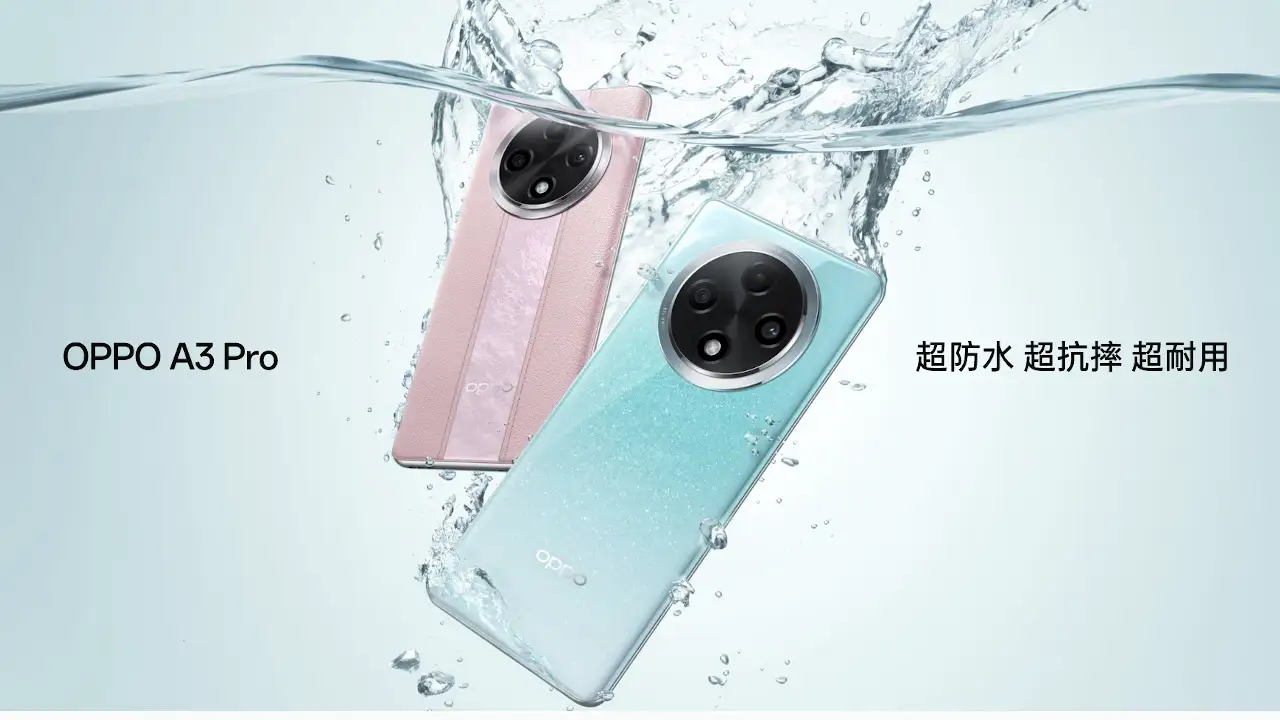

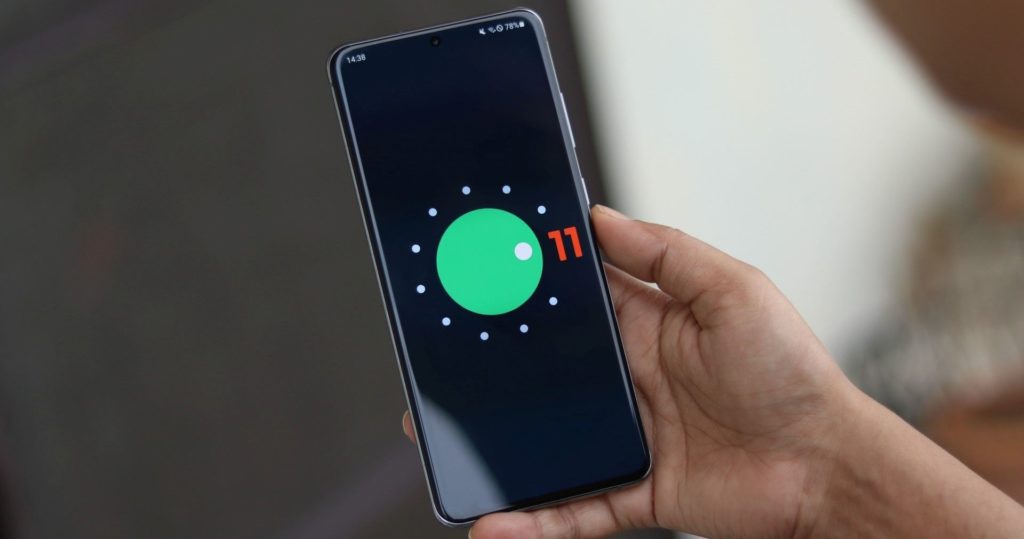
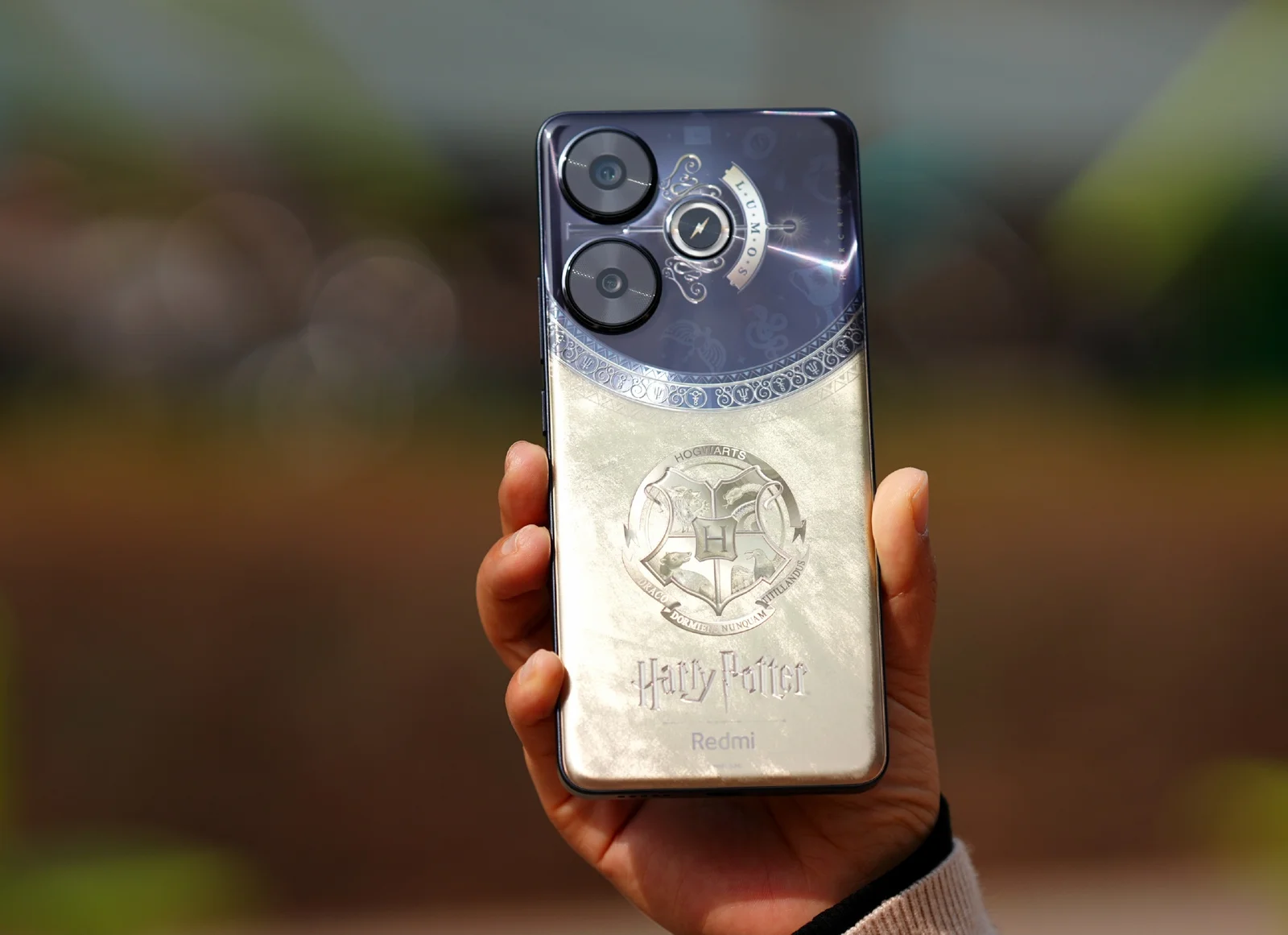
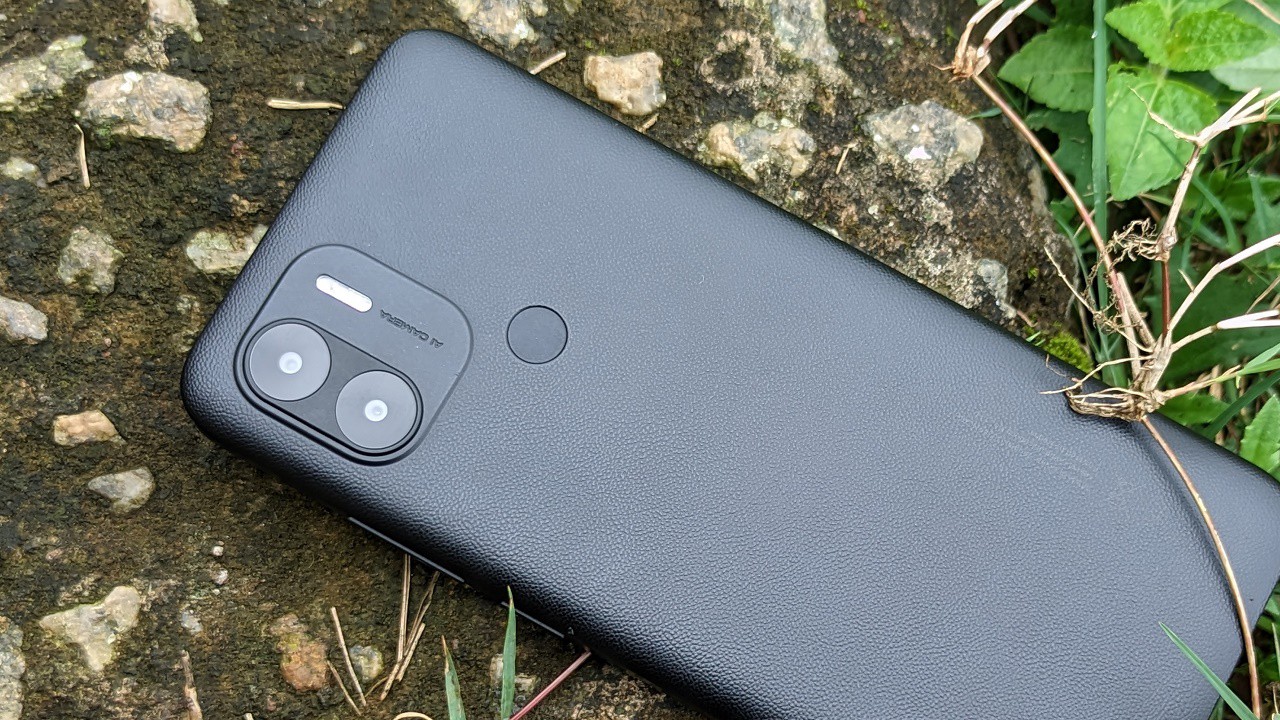
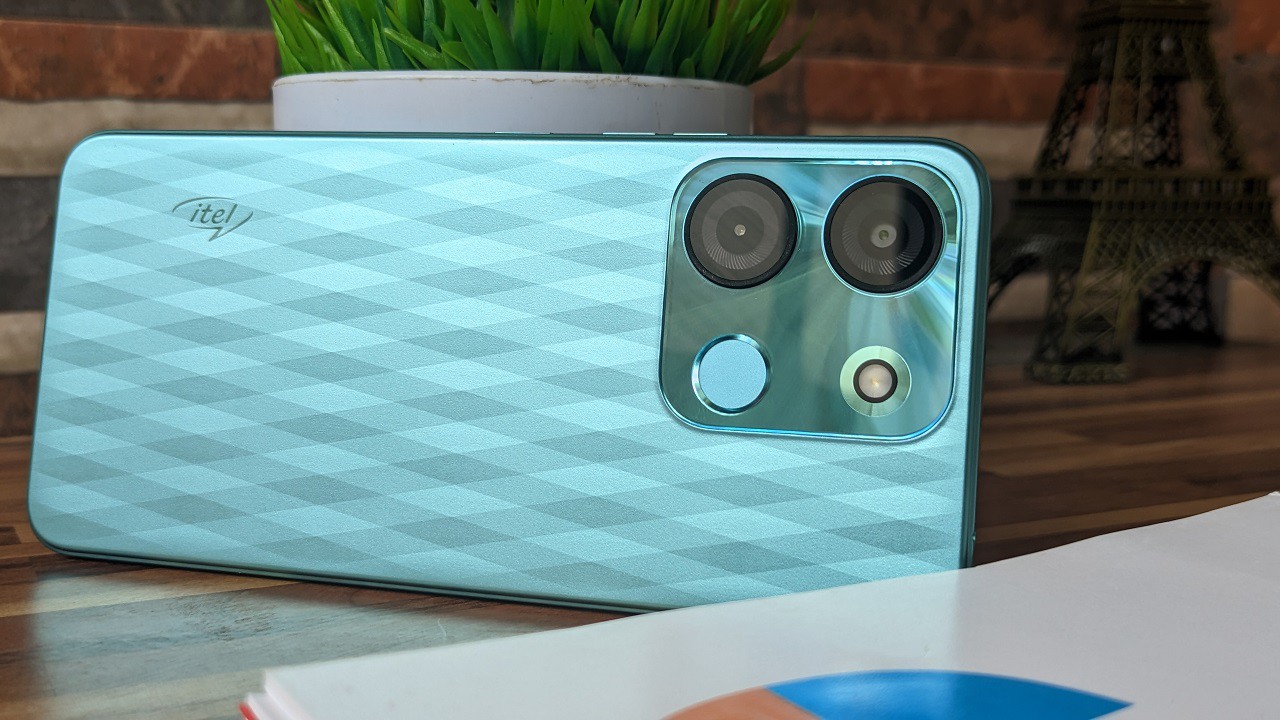
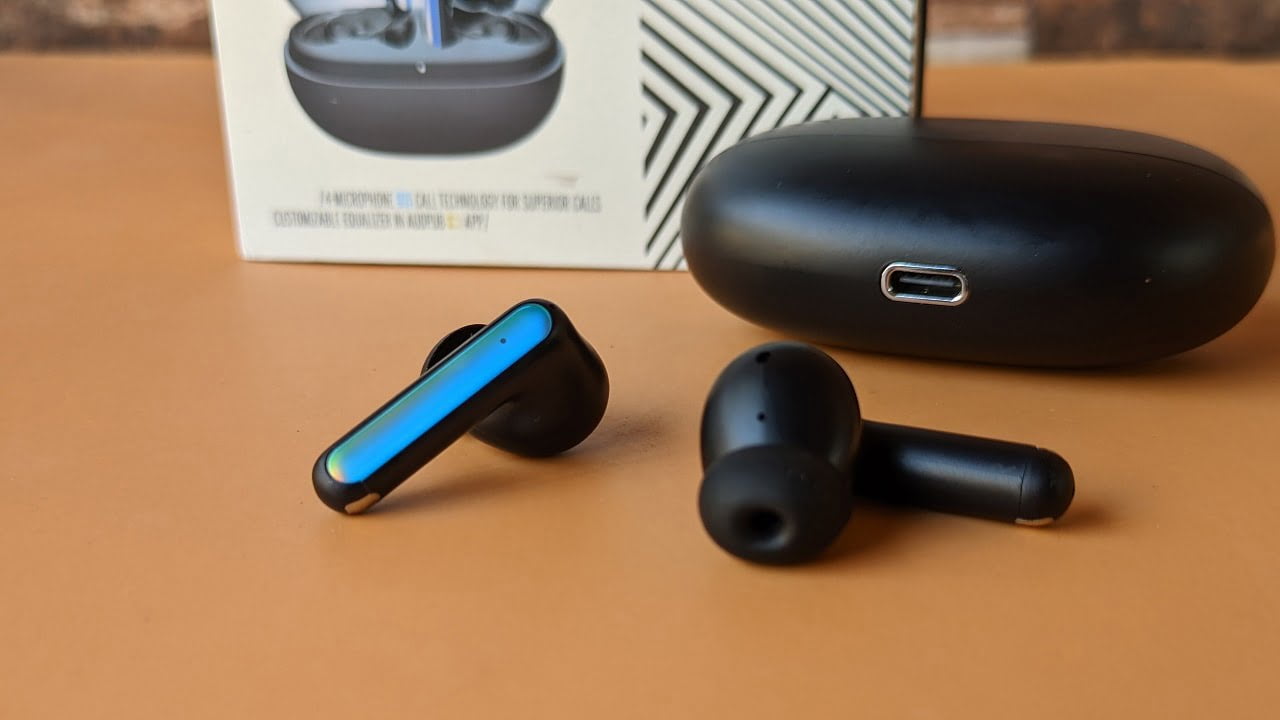
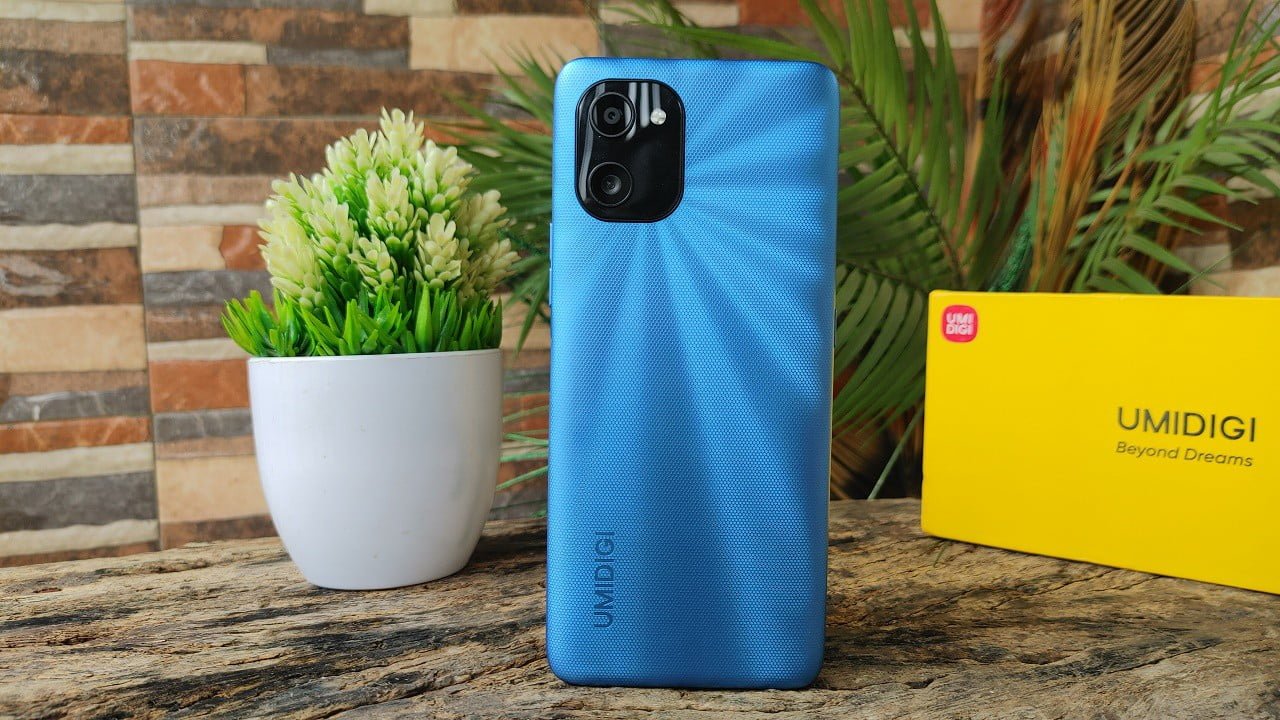
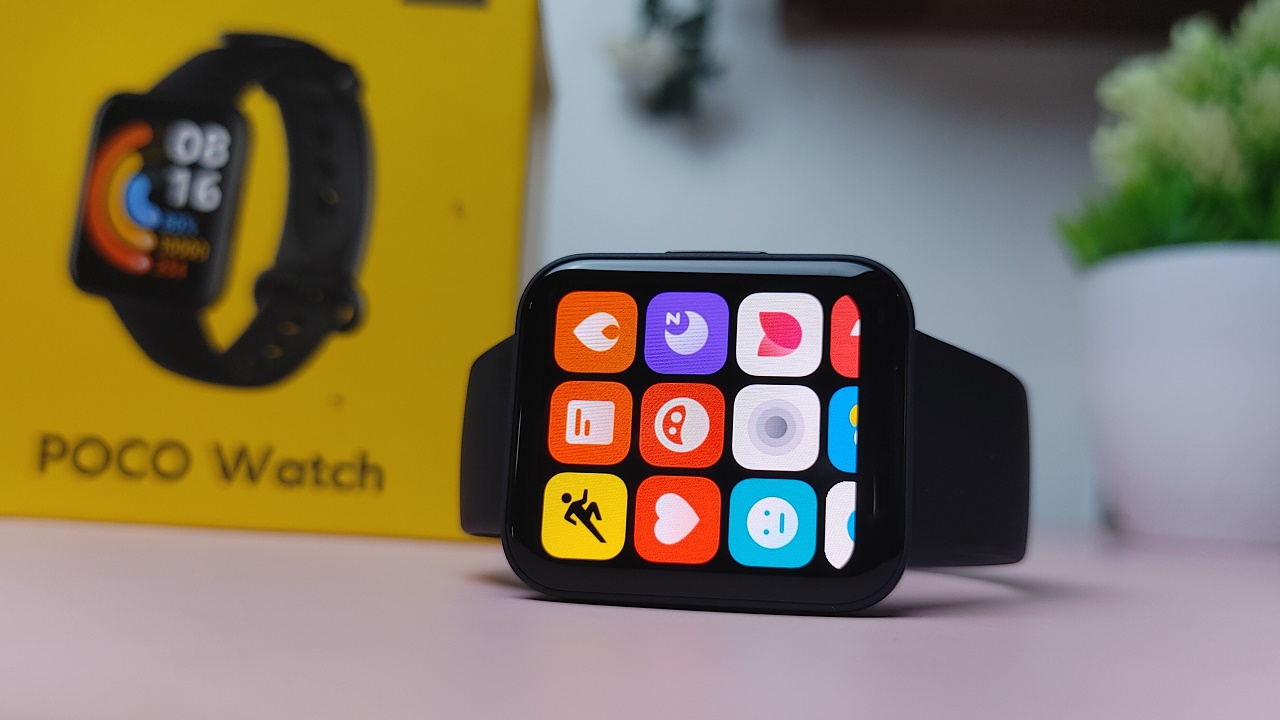
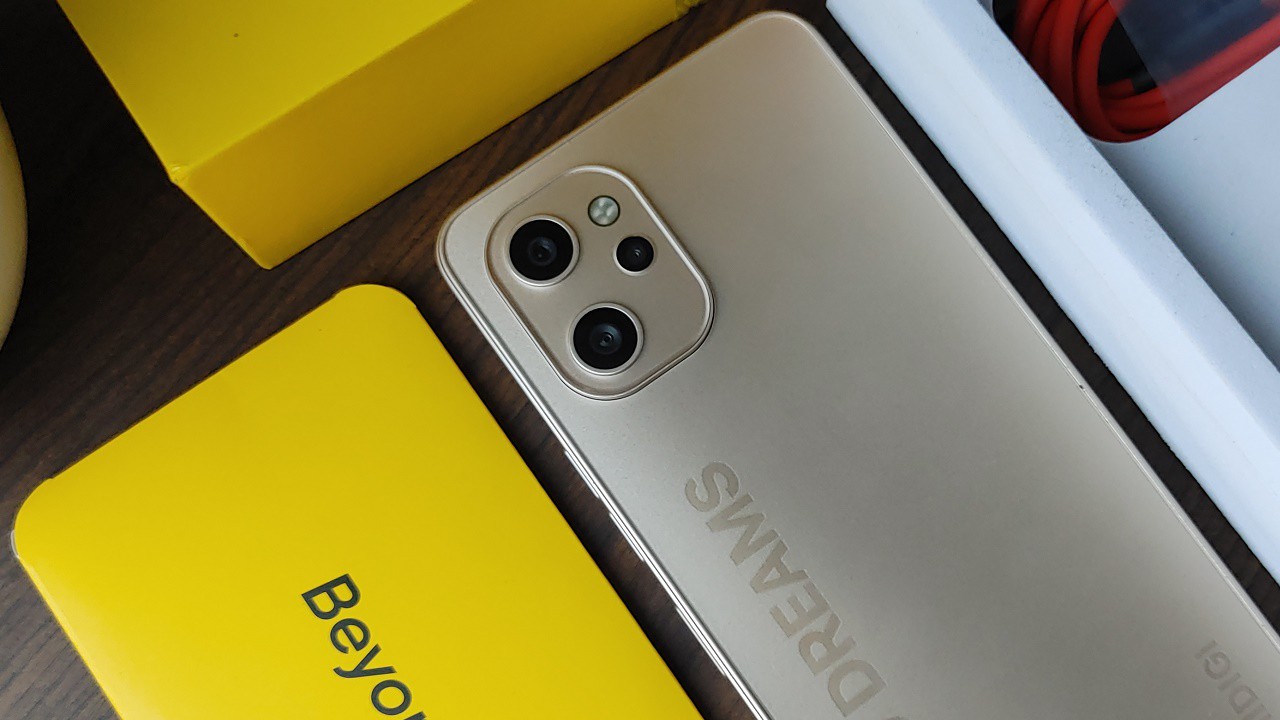
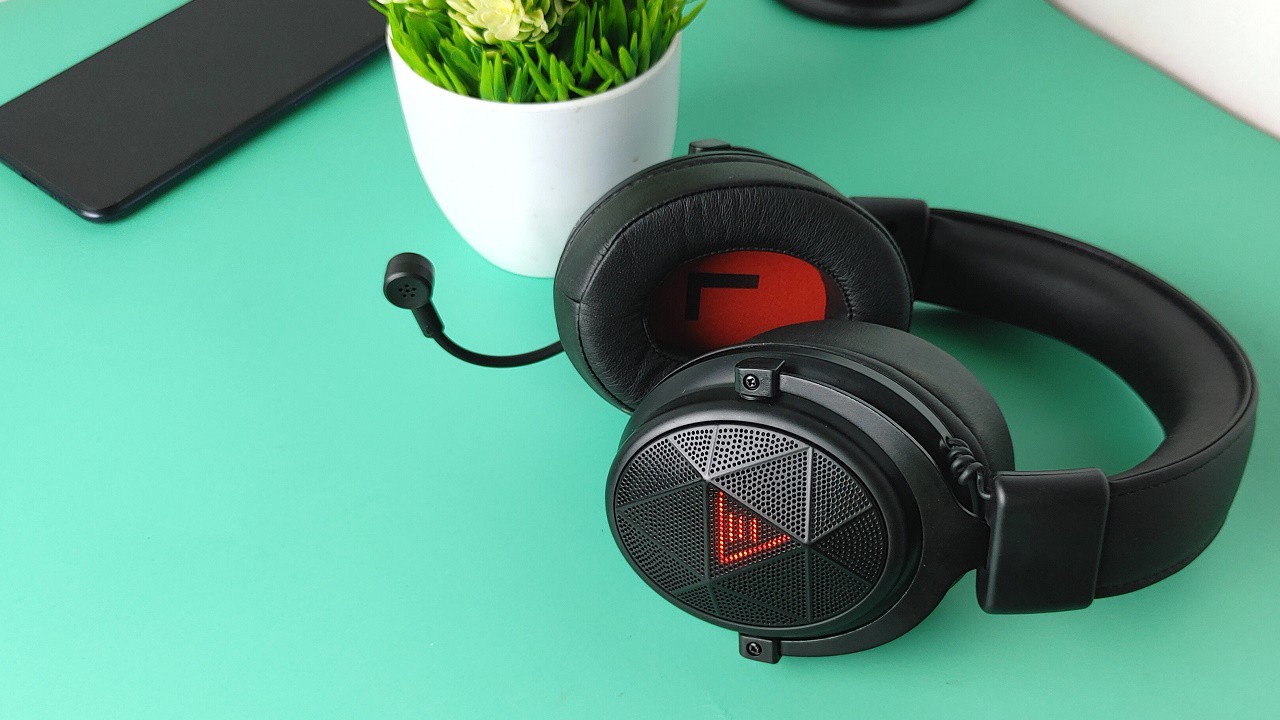
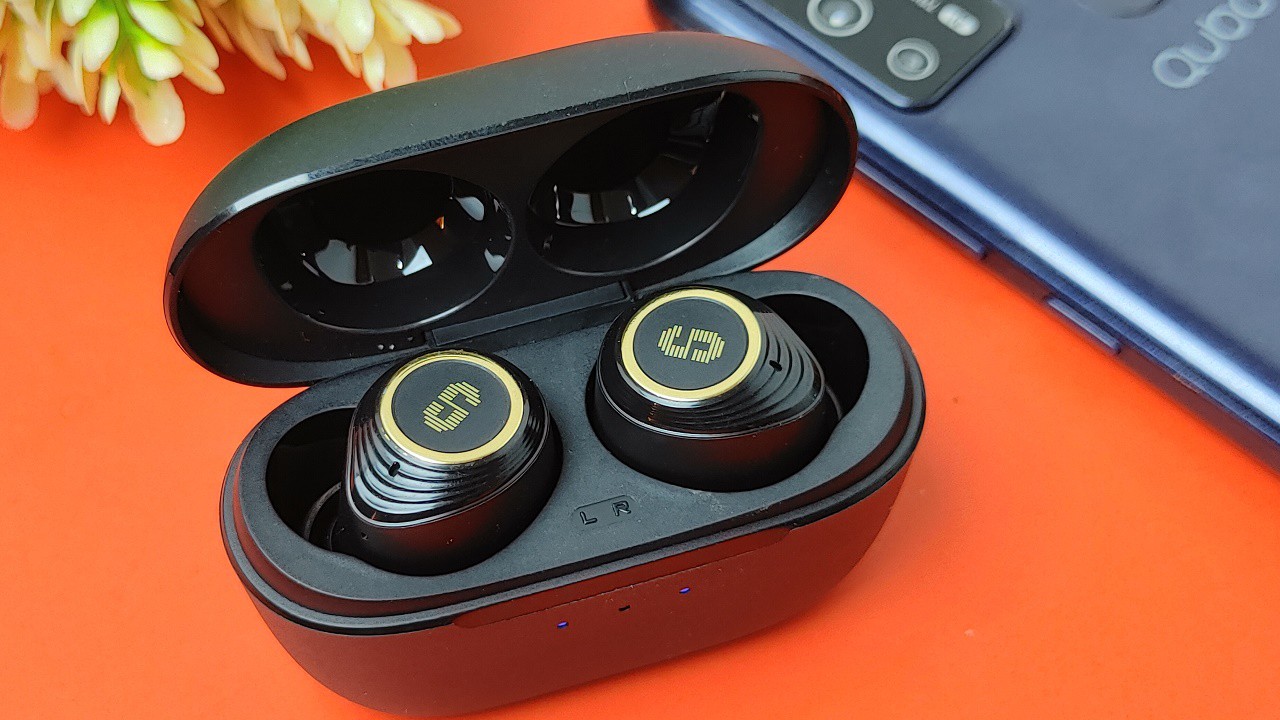
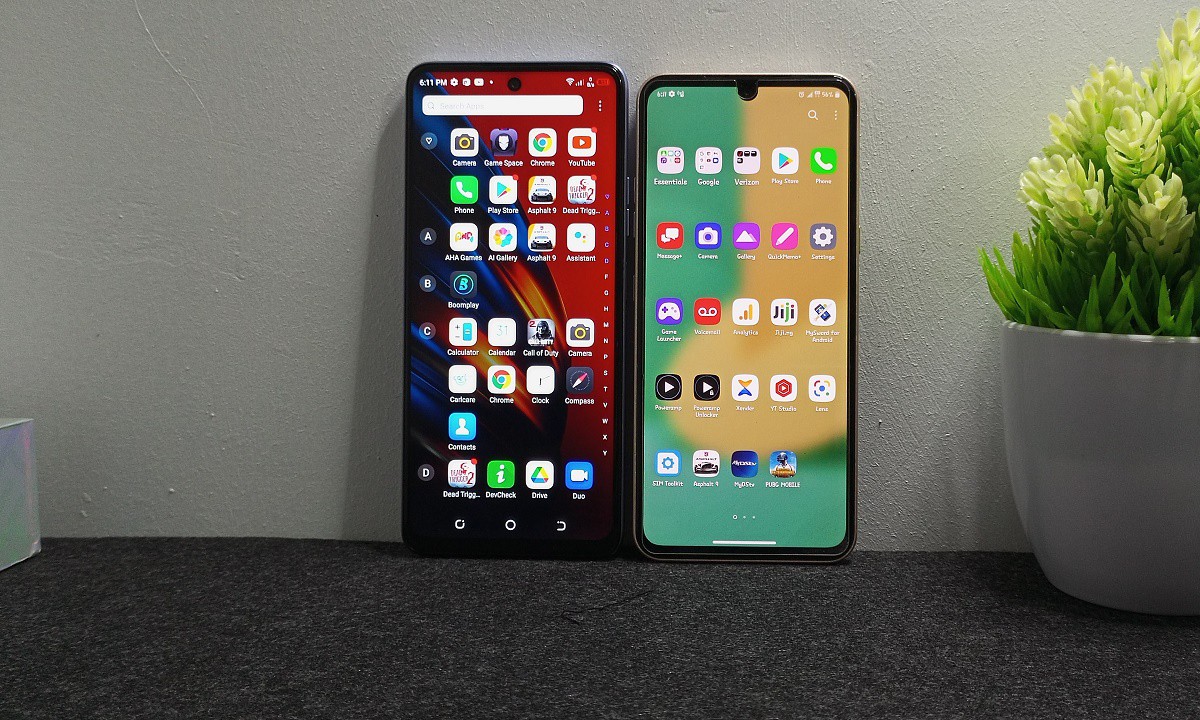

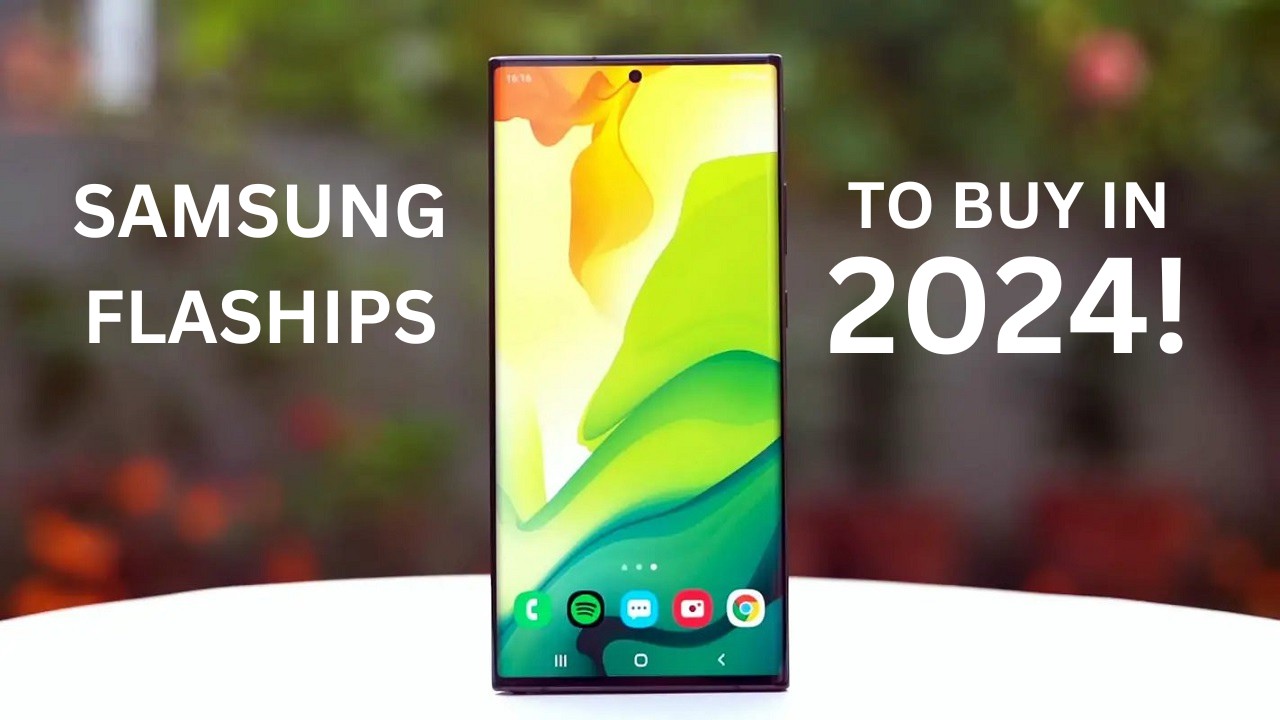
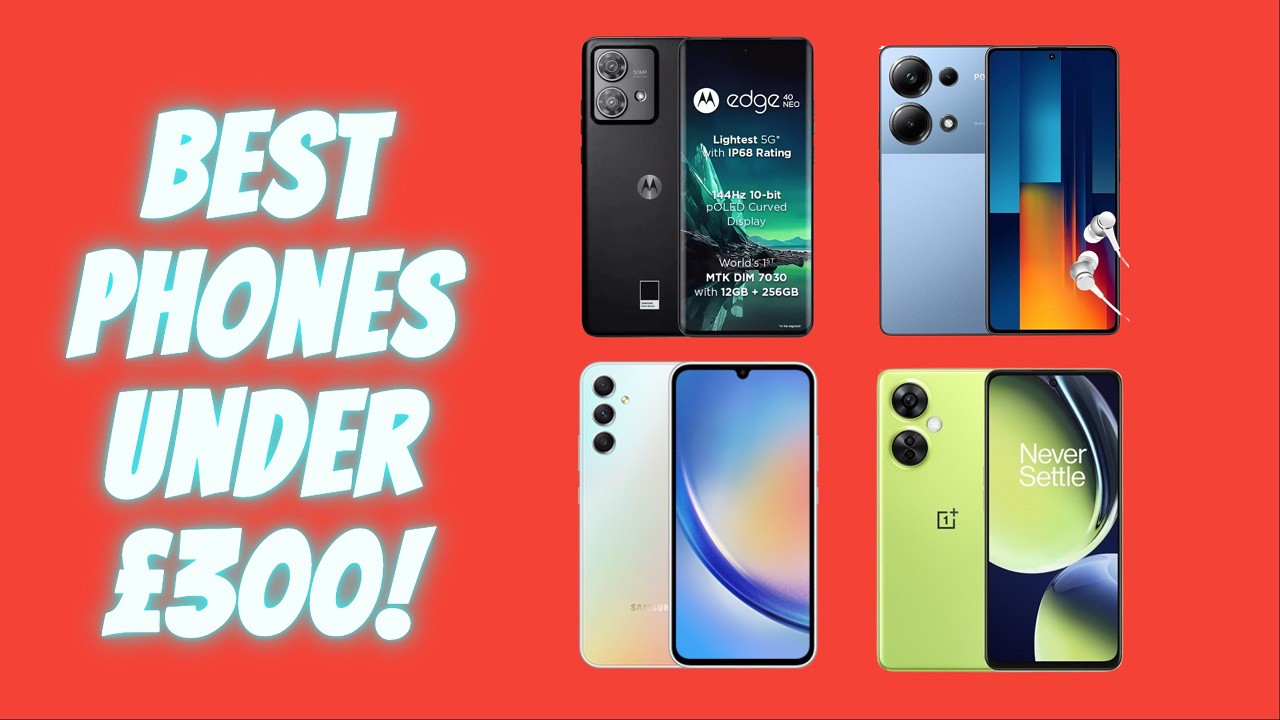

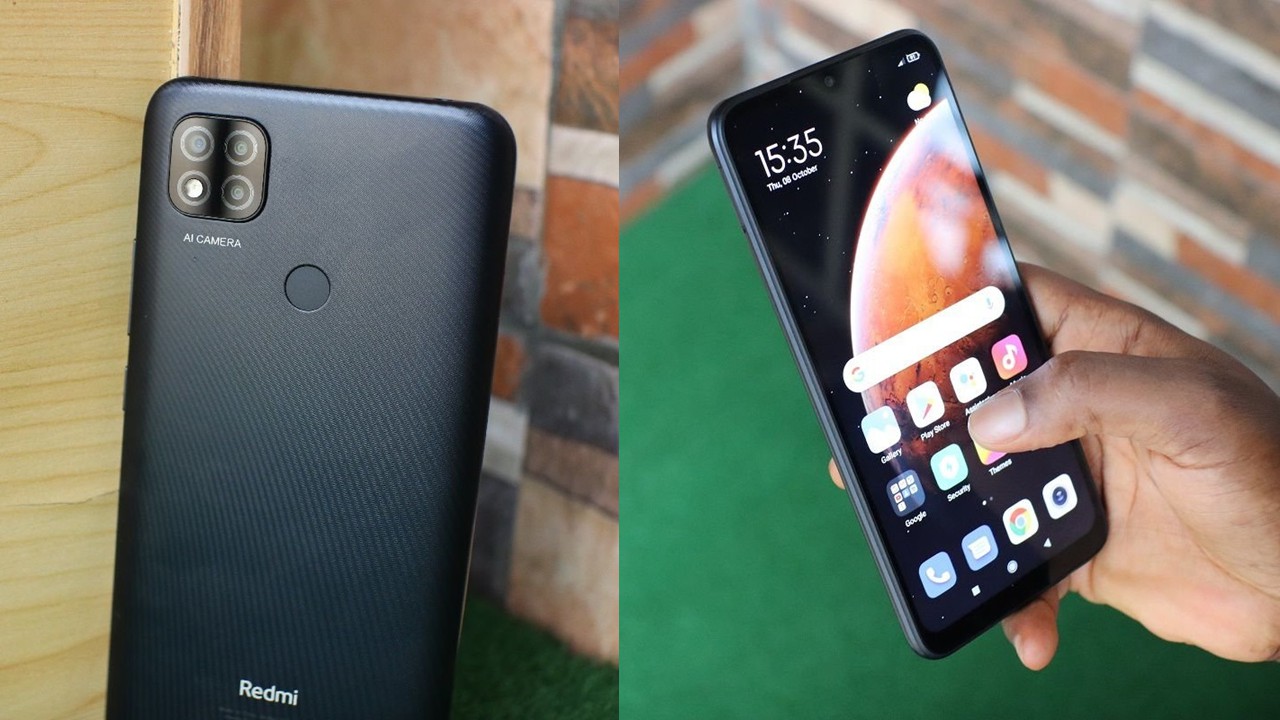
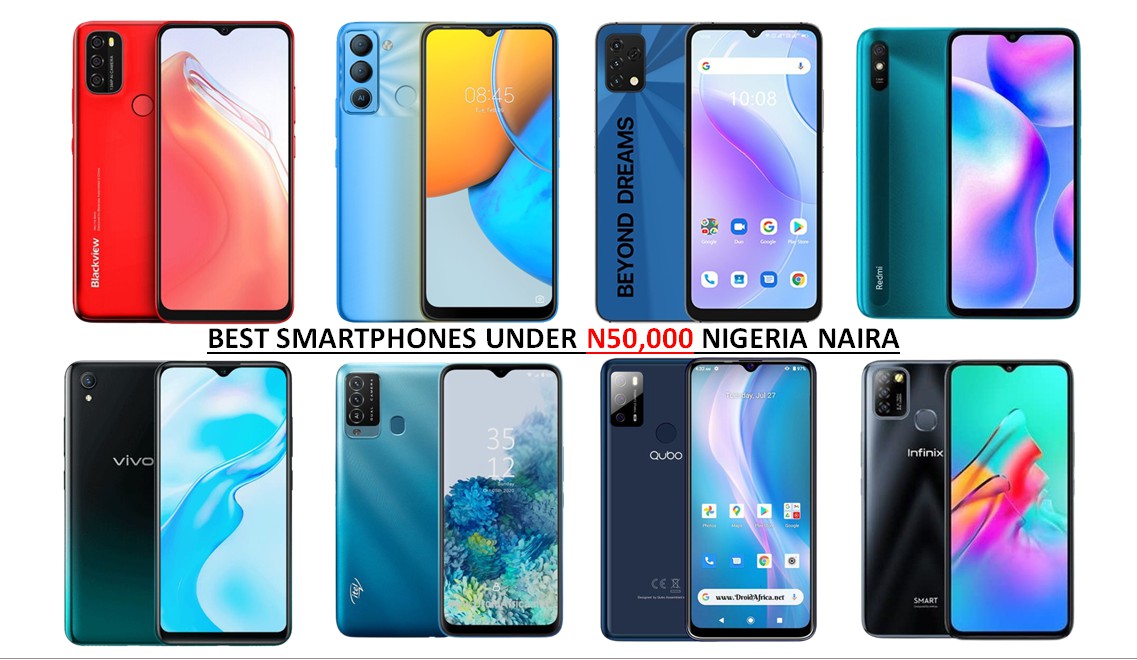
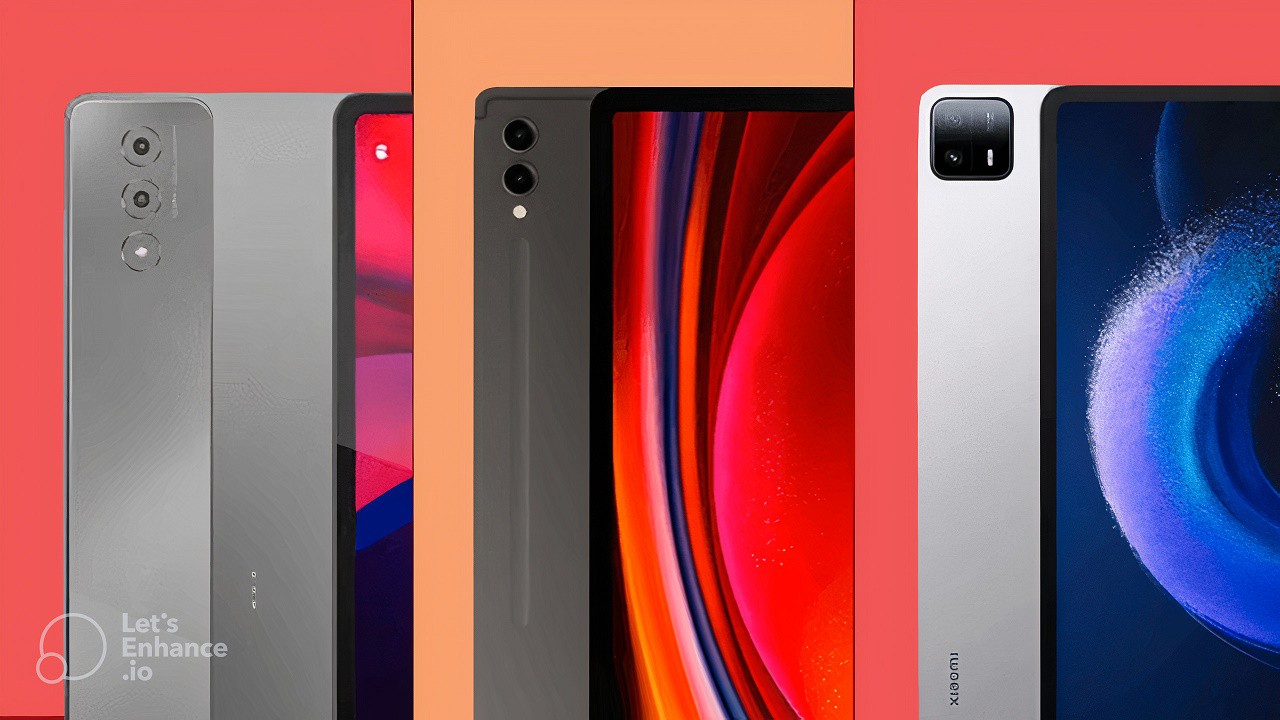
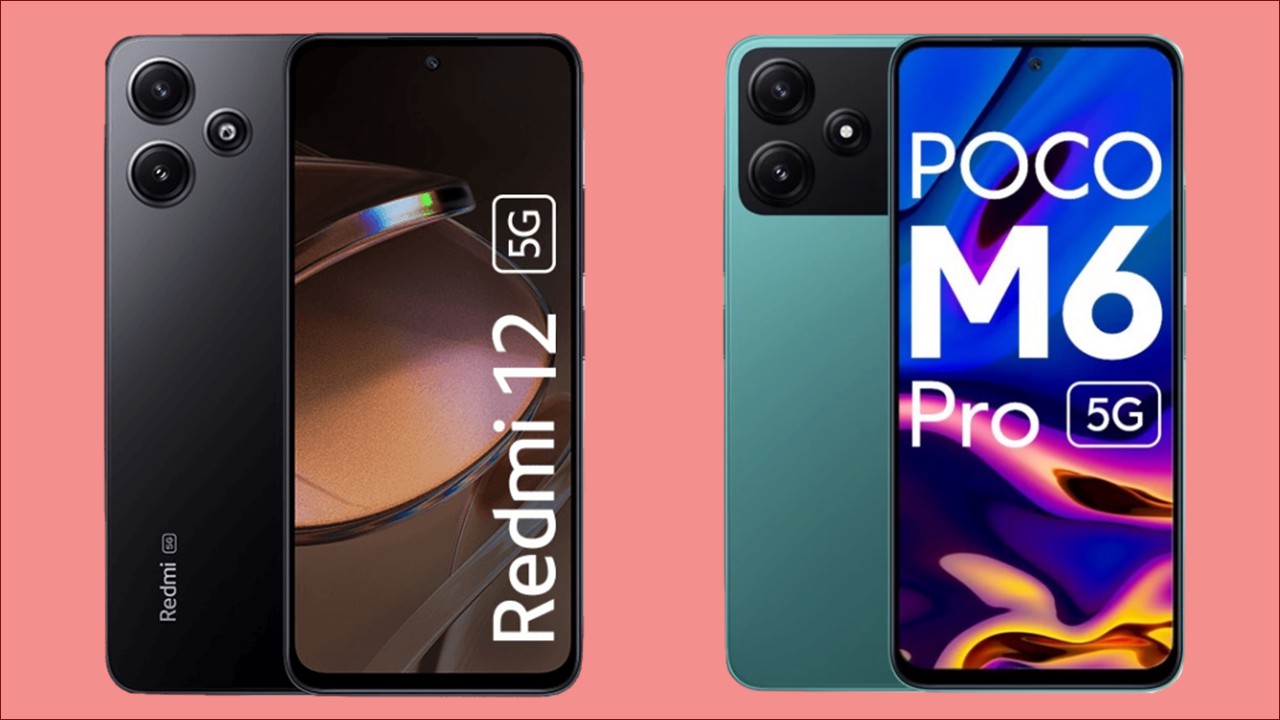
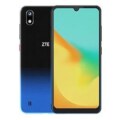
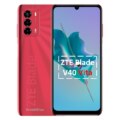
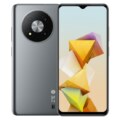
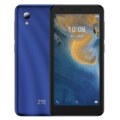
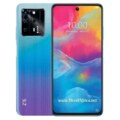
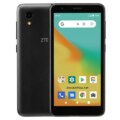
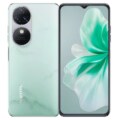
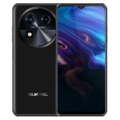
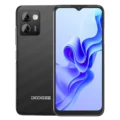

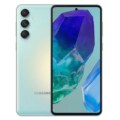
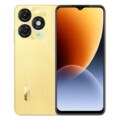

Leave a Reply